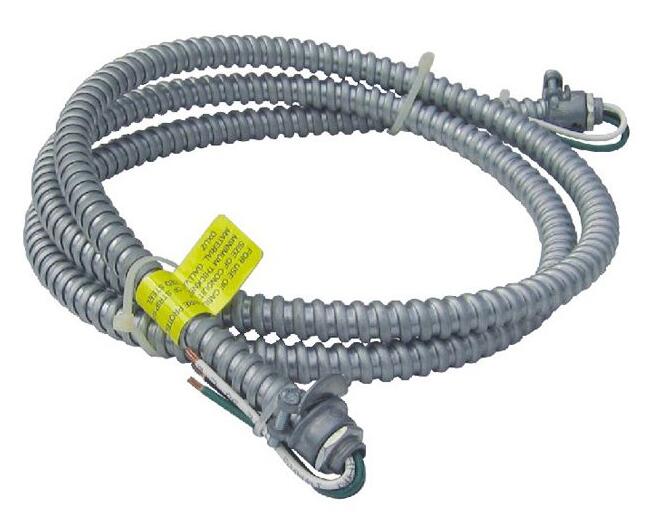Nov. 05, 2021
When you run hidden electrical cable-- for instance from a home to a garage or to a gazebo-- it needs to be protected to stop mechanical damage to the insulation. The National Electrical Code offers minimum burial deepness referrals and also building codes define neighborhood needs that you have to adhere to. Get in touch with your neighborhood assessor for unique regulations, and obtain a license if required prior to performing any work.
Burial Deepness for Metal Conduits
Running underground cables in steel conduits approved for buried cables is one of the most costly method, but additionally the one calling for the least excavating. Generally, bury steel conduits at the very least 6 inches listed below the soil surface area. You may also run them at a depth of 4 inches under a 4-inch concrete slab. Under your driveway, the conduits must be below a deepness of 18 inches, as well as under a public roadway or alley, they need to be hidden listed below 24 inches. In solid rock, sink them into the rock so the top sides are 2 inches listed below the rock surface area, and cover them with concrete.

Needs for Nonmetallic Conduits
Nonmetallic conduits, or raceways, accepted for buried cable give much less security than metal conduits and call for greater funeral depths. As a whole, bury the nonmetallic conduits 18 inches below quality, or 12 inches if shielded by 2 inches of concrete or equal. For all other applications, the interment depth for nonmetallic conduits coincides as specified for steel conduits.
Unique Measures for Low-Power Cables
If your cables are running a 120-volt circuit, safeguarded by a circuit breaker rated at 20 amps or much less, as well as have a ground mistake circuit interrupter to secure the underground section of the cable, you might reduce the burial deepness of your cables. The usually applicable deepness is 12 inches, or you can lower it to 6 inches if you protect the cables with 2 inches of concrete. Under a driveway, you may just require 12 inches of interment depth. Conduits are required for installment in 2 inches of solid rock with concrete. These depth reductions use no matter which interment approach is selected.
Lowered Midst for Control Cables
Control circuits carrying less than 30 volts are inherently less harmful than those lugging greater voltages and can therefore be buried less deeply. The typical required depth is 6 inches.















